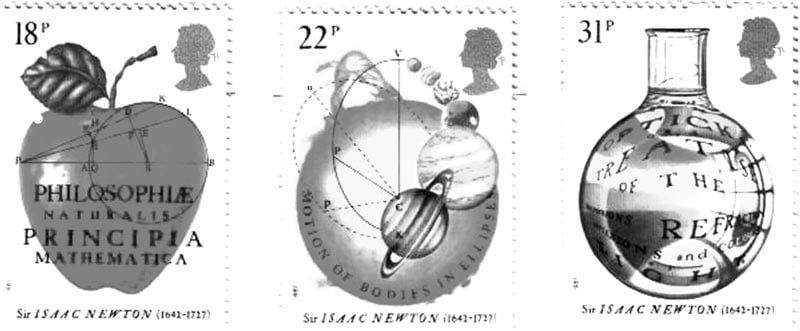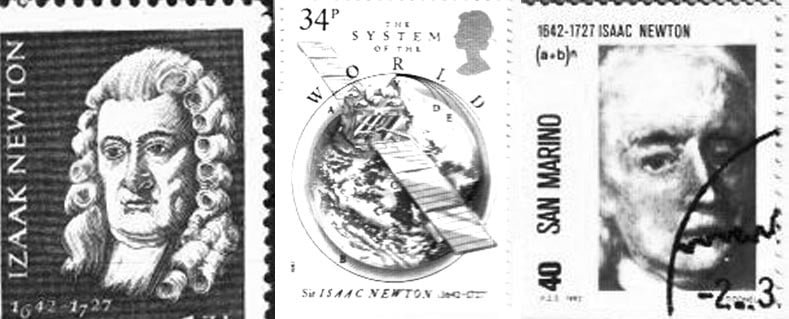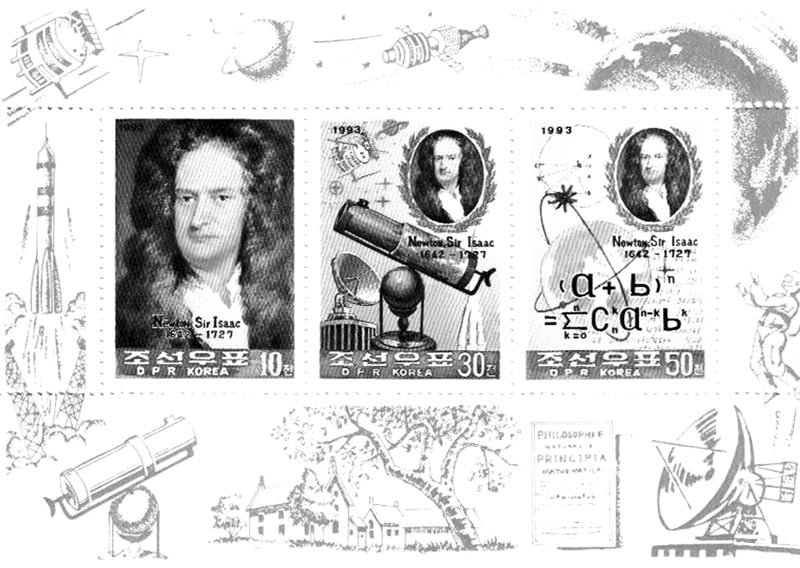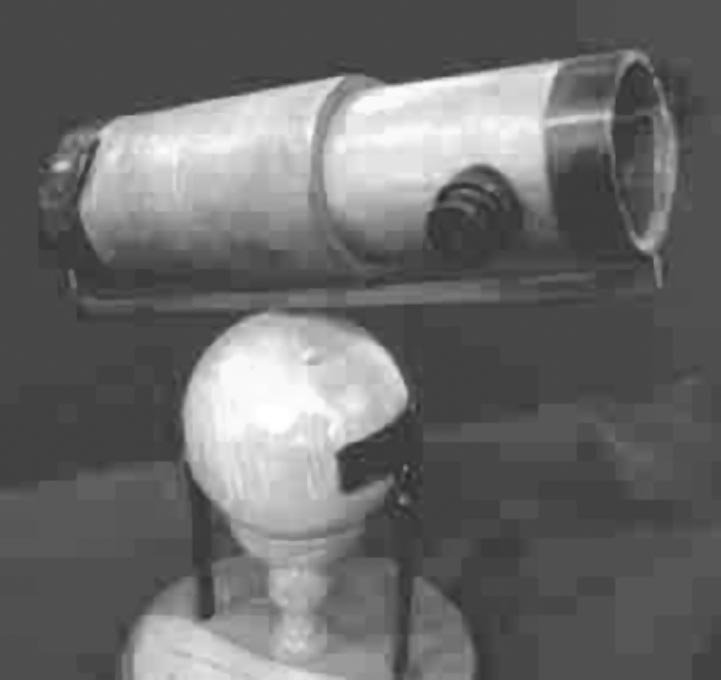Few people in the world earn the kind of fame and honours Newton earned besides registering his name in the world of science as indelibly that all the future generation would learn his discoveries as the fundamental lessons of natural science. He had to fight against heavy odds in his earlier life and overcame all handicaps to become a star of the world of knowledge. He was prenatal orphan, premature born, abandoned by mother for another man, brought up by maternal grandma and he lost in his first love. He never fell in love again with any woman all his life. He overcame all his personal pain and tragedies and defined laws and principles of natural science. His discoveries took the man three hundred years later to the moon and beyond. The honours of the world appeared too small for him. The famous French mathematician Joseph Legrange said about him—“Isaac Newton was the greatest scientist and the most talented too. He was fortunate enough to discover and unravel the many mysteries of the world. Newton changed his misfortune into good fortune and created unique example of human brilliance.”
English poet Alexander Pope wrote a two line verse to pay tribute to Newton after the latter’s demise in which he expressed the sentiment to the effect that Newton was sent to earth by Almighty just to unravel the mysteries of the nature.




But what did Newton think about himself? How did he feel at getting unprecedented fame and honour? In this respect Newton himself revealed in a letter written to Robert Hook in February, 1967—“If I have been able to achieve something it was all because of the cooperation of the great people I had received (His exact words were—if I have seen further it is by standing on shoulders of giants). Newton maintained humility while mentioning his successes and appeared very shy about it. Some historians believe that the words written by Newton in his letter were infact meant to taunt at Robert Hook. Robert Hook had called Newton’s Optical research as controversial and had made absurd statement regarding some other discoveries. Robert Hook was a short stature hunchback and Newton had used words like shoulders of (tall) giants. Thus Newton’s letter was double edged; from one angle it revealed his humility and from another angle it could appear sarcastic against short hunchback critic. We have mentioned the controversy that arose in case of Calculus.
But Isaac Newton can be better judged by and is remembered for his following statement: ‘I don’t know what I am in the eyes of others but in my own view I am a little boy who is playing with pebbles on a beach for a change wishing for the sea of mysteries of nature to make revelations.’ Thus even after gaining fame, name and honours Isaac Newton continued to be humble and polite.
NEWTON INSTITUTE
After his death Newton Institute was set up as a memorial to the father of Natural Science. The institute is working at international level for the researches on the mathematical science. It sponsors programmes in various countries to discuss and exchange information on the subjects related to the mathematical sciences. This institute came up in 1992 at the occasion of Newton’s 350th birth anniversary. Although this institute is not related to the life of Isaac Newton but the institute was named after him in recognition of his contributions to Mathematics, Optics, Physics and Astronomy. The institute has been conquering new frontiers in various fields and inspiring researches and discoveries. The institute provides extensive information on the life of Isaac Newton and his works. There is a library that has a rich collection of books on Newton and the science of his time. It is treasure house for the researchers. To provide information on Newton the Institute has prepared a website. The website provide following info:

The life of Isaac Newton has been presented by A. Rupert Hall through Microsoft Encarta.
Richard S. Westfall provides info on scientific researches of Newton era and Newton.
W.W. Rose Ball displays 1908 fourth edition by the title Isaac Newton (1642-1727)
Newton’s finest biography by the title Mathematical Treasure courtesy St. Andrews University. It also tells about Newton’s contribution to mathematics.
Detailed information on Newton’s birth place, Woolsthorpe Manor, Lincolnshire for the benefit of tourists on Tour U.K. Website.
National Trust takes care of Woolsthorpe Manor and it is open for visitors for a few hours.
In the Trinity College Churchyard fine portraits of Newton are on display. The famed sculpturist Raubileck has created a statue of Newton.
The class rooms where Newton can be seen but entry is forbidden.
A large part of Trinity College library is reserved in the memory of Newton. The correspondence letters of Newton are on display here.
In the same portion Isaac Newton’s personal items like cane, watches, mathematical instruments and a lock of his hair are kept as display items.
Cambridge University has preserved the images of the research paper pages leaves on microfilms and kept in the library. With the prior permission they can be viewed.
The King’s School treasures the manuscripts of Newton’s non-scientific literary works which he had donated to it through his will.
Whipple Museum has Newton’s special telescope and portrait of Newton in various stages of his life.
The collection of various scientific work records of Isaac Newton includes the second edition copy of Principia and it caries some hand written amendments of Newton. In 1998 under Newton project the photocopies of Newton’s original research works were started to be made available to the interested folk. The copies of Newton’s remarks can be obtained from here.

On March 20, 1727 Isaac Newton passed away and on March 28, 1727 he was buried at the prestigious place like Westminster Abbey. And then in 1731 at the same spot Newton Memorial came up. The memorial was designed by Williams Kent and the builder was Michael Ricebruck. But the important fact was that Newton lives in every science book.

